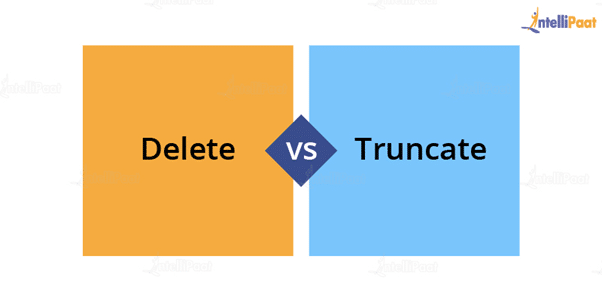What is the difference between DELETE and TRUNCATE commands?
- DELETE: This query is used to delete or remove one or more existing tables.
- TRUNCATE: This statement deletes all the data from inside a table.

The difference between DELETE and TRUNCATE commands are as follows:
- TRUNCATE is a DDL command, and DELETE is a DML command.
- With TRUNCATE, we cannot really execute and trigger, while with DELETE, we can accomplish a trigger.
- If a table is referenced by foreign key constraints, then TRUNCATE will not work. So, if we have a foreign key, then we have to use the DELETE command.
The syntax for the DELETE command:
DELETE FROM table_name
[WHERE condition];
Example:
select * from stu
Output:

delete from stu where s_name=’Bob’
Output:

The syntax for the TRUNCATE command:
TRUNCATE TABLE
Table_name;
Example:
select * from stu1
Output:

truncate table stu1
Output:

This deletes all the records from a table.






